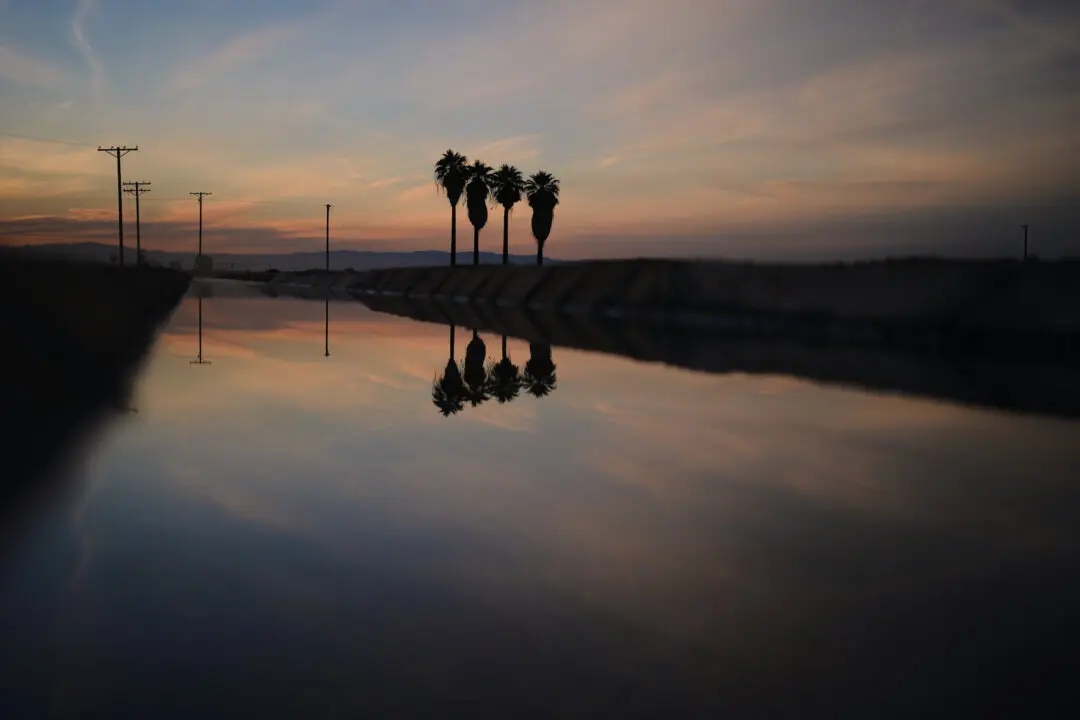BAJAKOVO, Croatia—Serbia and Croatia agreed Friday to ease the flow of migrants over the border between the countries after thousands of people, including children, were forced to spend the night out in the open in near-freezing temperatures along a muddy border passage.
The interior ministers of Serbia and Croatia said they will start shipping migrants by train directly from Serbia to Croatia so that they won’t have to cross on foot, often treading kilometers in rain and cold weather, as has been the case so far. Migrants will register when they enter Serbia and will be able to cross into Croatia without any delays, which should speed up the process significantly, the ministers said.
“We have agreed to stop this torture,” said Croatian Interior Minister Ranko Ostojic. “There will be no more rain and snow, they will go directly from camp to camp.”
Further west, thousands of migrants aiming to reach northern Europe walked out of refugee camps on the border between Slovenia and Austria on their own, frustrated after waiting long hours in overcrowded facilities.
Eager to move on, thousands spread around along railway tracks, highways and mountain roads. Confused and unaware which roads to take to go west, some migrants also later turned back and returned to the refugee camps to wait for bus transport to other locations.





